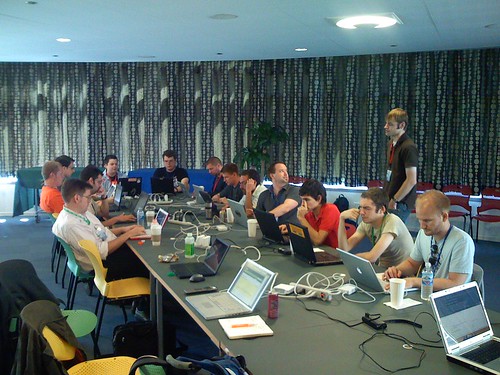Création des Logiciels de gestion d'Entreprise, Création et référencement des sites web, Réseaux et Maintenance, Conception




Création des Logiciels de gestion d'Entreprise, Création et référencement des sites web, Réseaux et Maintenance, Conception





 2013, By: Seo Master
2013, By: Seo Masterimport gdata.analytics.client
APP_NAME = 'goal_names_demo'
my_client = gdata.analytics.client.AnalyticsClient(source=APP_NAME)
# Authorize
my_client.client_login(
INSERT_USER_NAME,
INSERT_PASSWORD,
APP_NAME,
service='analytics')
# Make a query.
query = gdata.analytics.client.GoalQuery(
acct_id='INSERT_ACCOUNT_ID',
web_prop_id='INSERT_WEB_PROP_ID',
profile_id='INSERT_PROFILE_ID')
# Get and print results.
results = my_client.GetManagementFeed(query)
for entry in results.entry:
print 'Goal number = %s' % entry.goal.number
print 'Goal name = %s' % entry.goal.name
print 'Goal value = %s' % entry.goal.value

 |
| Antonio |
 |
| Joe |
people collection passing the userID parameter:
I've always hoped that I could release Mondrian as open source, but it was not to be: due to its popularity inside Google, it became more and more tied to proprietary Google infrastructure like Bigtable, and it remained limited to Perforce, the commercial revision control system most used at Google.
What I'm announcing now is the next best thing: an code review tool for use with Subversion, inspired by Mondrian and (soon to be) released as open source. Some of the code is even directly derived from Mondrian. Most of the code is new though, written using Django and running on Google App Engine.
I'm inviting the Python developer community to try out the tool on the web for code reviews. I've added a few code reviews already, but I'm hoping that more developers will upload at least one patch for review and invite a reviewer to try it out.


 By Wesley Chun, Developer Relations Team
By Wesley Chun, Developer Relations Team